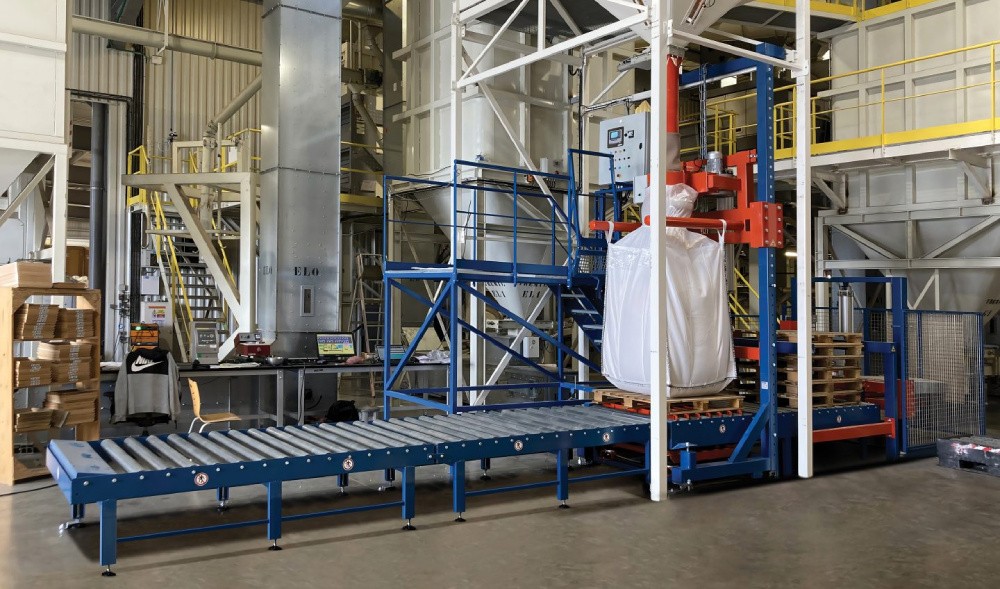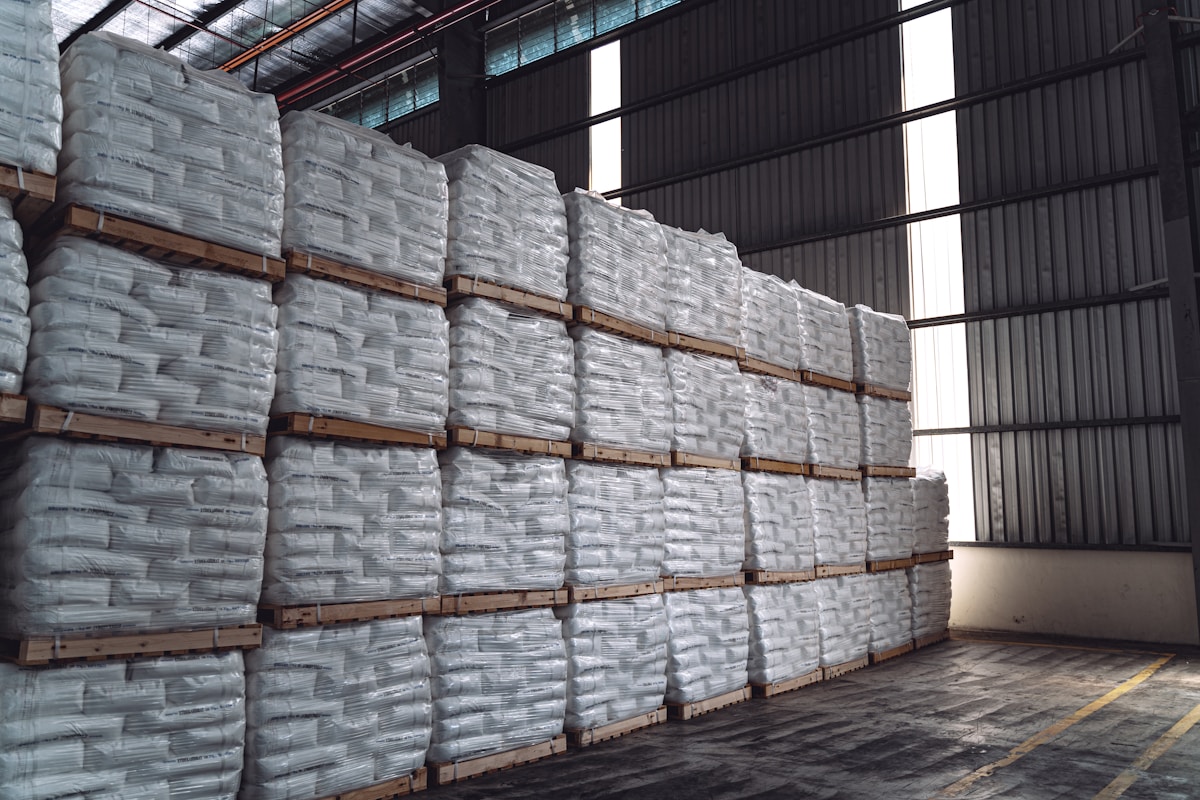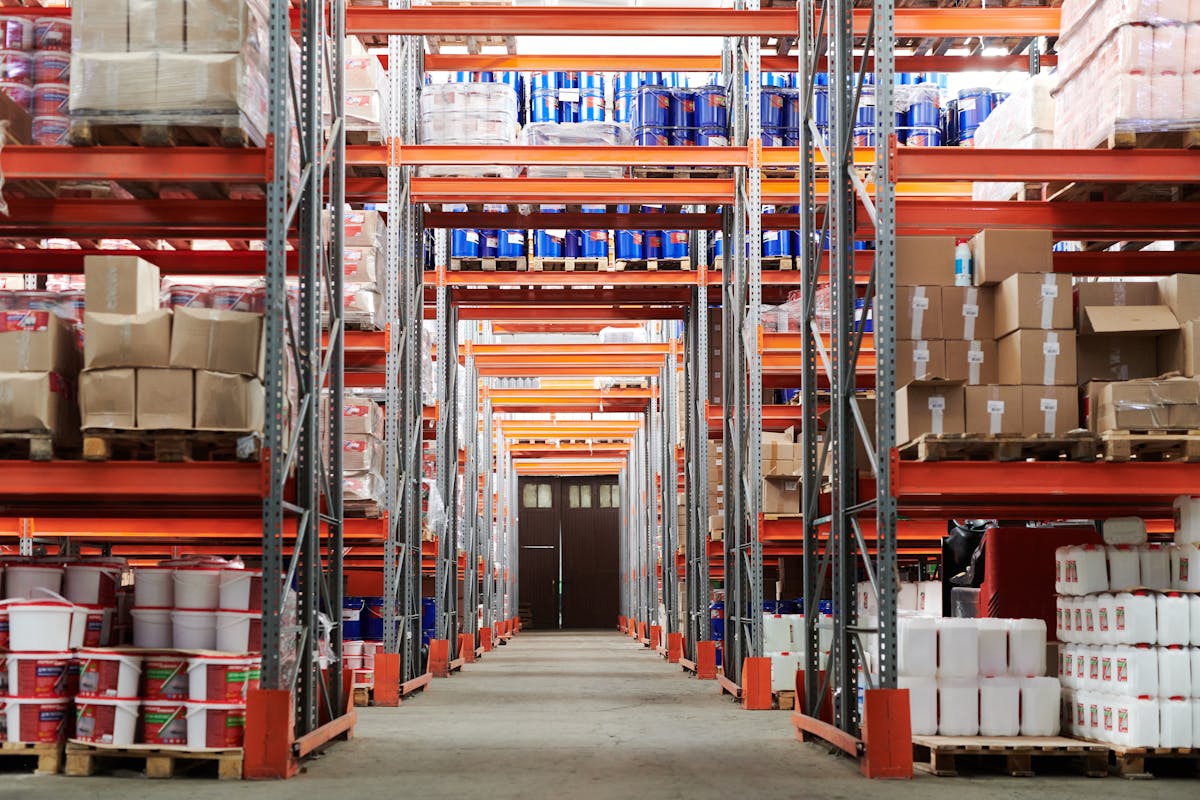In the world of bulk material handling, big bags, also known as Flexible Intermediate Bulk Containers (FIBCs), have become an indispensable tool for storing and transporting powder products. These versatile containers offer numerous advantages, including cost-effectiveness, ease of handling, and space efficiency. However, to maximize their benefits and ensure safety, proper handling techniques are crucial. Discover the best practices for handling powder products in big bags, with a particular focus on filling stations.
Types of Big Bags for Powder Products
Big bags come in various types, each designed to meet specific needs:
- Standard FIBC: Suitable for general-purpose use
- Conductive FIBC: For use with flammable powders
- Anti-static FIBC: Prevents static buildup
- UN-certified FIBC: For hazardous materials
When selecting a big bag, consider factors such as the product’s characteristics, environmental conditions, and safety requirements. Many big bags are made with UV-resistant materials for outdoor use or with food-grade liners for sensitive products.
Safety Considerations in Big Bag Handling
Safety should always be the top priority when handling bulk bags. Essential personal protective equipment (PPE) includes safety shoes, gloves, dust masks, and hard hats. When lifting or moving bags, use appropriate machinery such as forklifts or overhead cranes. Store filled bags in a clean, dry area away from direct sunlight and extreme temperatures.
Big Bag Filling Stations
Big bag filling stations are essential for efficient and safe filling operations. These stations come in three main types:
- Manual stations: Operator-controlled filling process
- Semi-automatic stations: Partially automated with some manual intervention
- Fully automatic stations: Minimal human intervention required

Key components of a filling station typically include:
- Support frame
- Fill head with dust control
- Weighing system
- Inflation system for bag shaping
- Vibration system for product settling
Modern filling stations often incorporate safety features such as dust extraction systems, automated bag clamping, and ergonomic designs to reduce operator strain.
Best Practices for Big Bag Filling
To ensure efficient and safe filling:
- Inspect the bag for defects before filling
- Use a dust extraction system to minimize airborne particles
- Employ a weighing system for accurate filling
- Allow the product to settle using vibration or aeration
- Properly seal and label the filled bag
Transportation and Storage of Filled Big Bags
When moving filled bags, use appropriate lifting equipment and follow safe lifting procedures. When stacking, consider the bag’s Safe Working Load (SWL) and stack stability. Store bags in a way that protects them from moisture, sunlight, and pests.
Emptying Big Bags Safely
Emptying stations should be designed to control dust and ensure efficient product discharge. Options include:
- Gravity discharge stations
- Mechanical massage systems
- Vibratory tables

Implement dust control measures such as enclosed discharge areas or vacuum systems. After emptying, dispose of or recycle the bags according to local regulations and company policies.
Conclusion
Proper handling of powder products in big bags leads to operational efficiency and workplace safety. By investing in quality equipment like well-designed filling stations and implementing best practices, companies can optimize their bulk material handling processes. Regular training for personnel involved in big bag operations is essential to maintain high safety standards and operational excellence.
Remember, while this article provides general guidance, always consult with equipment manufacturers and adhere to specific industry regulations for your particular application.

